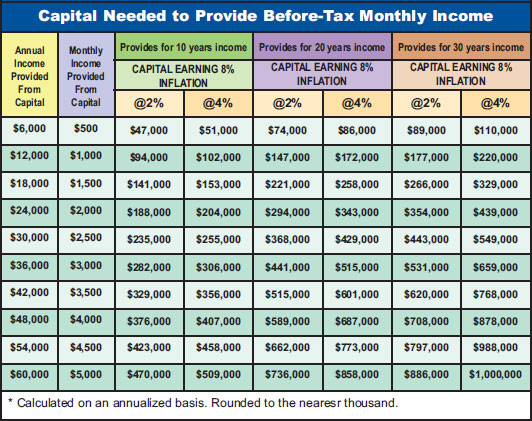
Drug Plan Management Solutions: There is a wide range of drug plan options that can be fine-tuned to suit your organization’s needs, while allowing you to better manage the rising cost of prescription drugs. Yet you can still provide your plan members with the coverage they need. We can help you keep your drug plan affordable for both you and your plan members, by implementing drug plan cost management solutions.
Two-tiered plans: A two-tiered drug plan design allows you to cover two formularies at two different levels of reimbursement. A tier-one managed formulary with a higher coinsurance can be supplemented by a more comprehensive formulary at a lower coinsurance level. This allows your plan to maintain broad drug coverage, while still lowering overall costs.
Managing your drug plan with formularies: A formulary is a list of drugs the benefits plan will cover, out of the thousands of prescription and non-prescription drugs on the market today. There are many types of formularies, but the overall goal of each one is to control the eligibility of drugs, and therefore help manage drug costs by either: adding new drugs only after their therapeutic value and cost effectiveness have been proven, or allowing only generic drugs, or following the guidelines set by provincial governments.
Formularies may be designed such as:
Managing your drug plan with cost-containment options
We offer a number of plan design options to help you manage your healthcare plan costs. Let us help you determine which of these solutions fit your needs.
Using Generic Substitution
Cost reimbursement is established to the value of the generic equivalent of a drug, regardless of what has been prescribed, unless the physician indicates ‘no substitution’ on the prescription
Per-prescription deductibles: This is the amount the plan member must pay for each prescription drug claimed. It can be set to a specific amount, or equal to the dispensing fee portion of the drug.
Coinsurance: Coinsurance is the determined percentage amount that the plan will pay for eligible prescriptions after any deductibles have been met.
Dispensing fee limits: This is the plan’s coverage up to the maximum amount of the fee pharmacies charge to cover their business expenses.
Drug maximums: This is the maximum amount the plan will reimburse for prescription drug coverage per person, per calendar year; maximums can be set at a specified amount per year, or can be unlimited.
Note: Plan Sponsors in Quebec: The Quebec government has a public drug plan that covers anyone who is not eligible for coverage under a private plan. This plan is administered by the Régie de l’Assurance Maladie du Québec (RAMQ). The law in Quebec also requires private drug plans to provide equivalent or better coverage than the public plan. Plan sponsors in Quebec are limited in how much they can alter their drug coverage, since they must ensure it conforms to RAMQ.
Note: Plans and coverage vary depending on the carrier used.








 The following largely coincides with the guidance of the IRA’s information. The Information can change over time and your advisor and/or tax professional should be consulted.
The following largely coincides with the guidance of the IRA’s information. The Information can change over time and your advisor and/or tax professional should be consulted.





 You may choose from plan designs offering a range of coverage, including the following managed drug plan:
You may choose from plan designs offering a range of coverage, including the following managed drug plan:
 What are the benefits for your business? A well-designed group insurance plan tailored to your employees adds exceptional value to your total compensation package. Often the best employees view their benefit plan as a major reason why they stay with their current employer.
What are the benefits for your business? A well-designed group insurance plan tailored to your employees adds exceptional value to your total compensation package. Often the best employees view their benefit plan as a major reason why they stay with their current employer.
 Extended Health Care benefits, also referred to as major medical benefits, are designed to supplement existing provincial hospital and medical insurance plans. The benefit provides for reimbursement of expenses and services not covered by existing government plans. Extended Health Care benefits can be divided into several categories which include:
Extended Health Care benefits, also referred to as major medical benefits, are designed to supplement existing provincial hospital and medical insurance plans. The benefit provides for reimbursement of expenses and services not covered by existing government plans. Extended Health Care benefits can be divided into several categories which include: